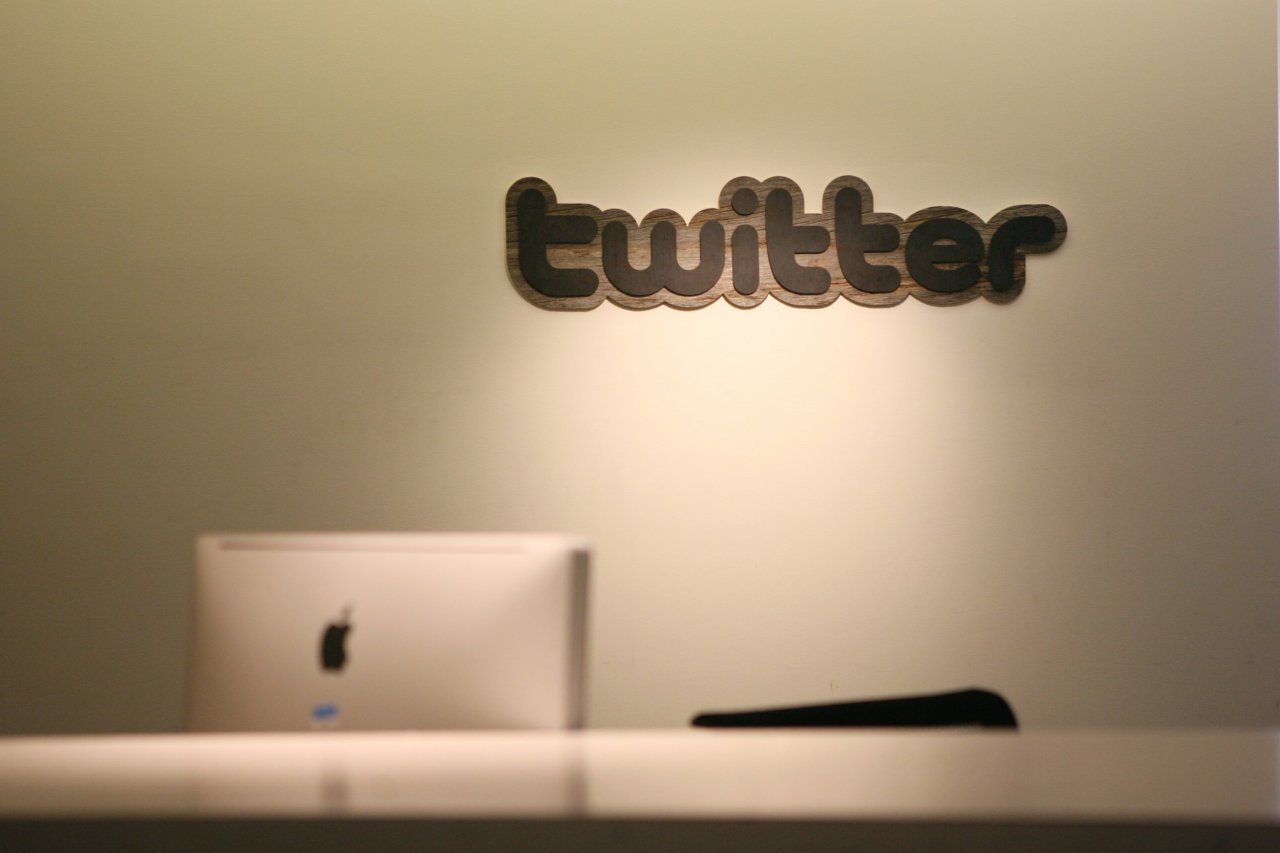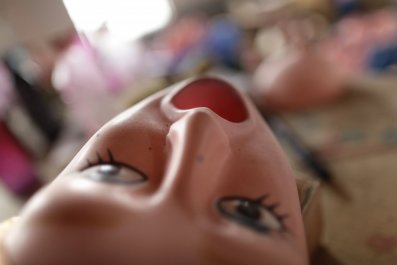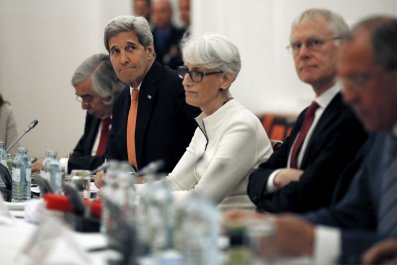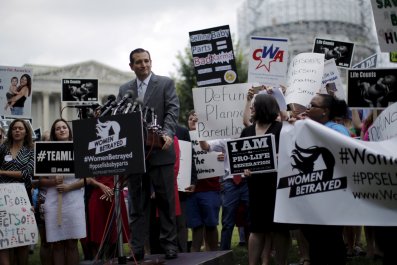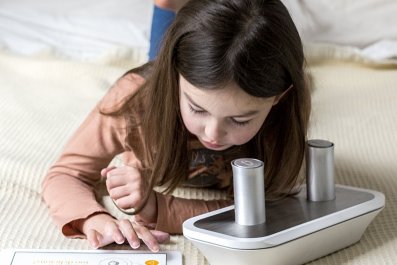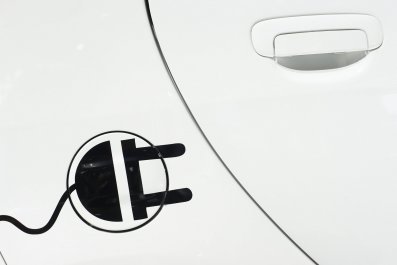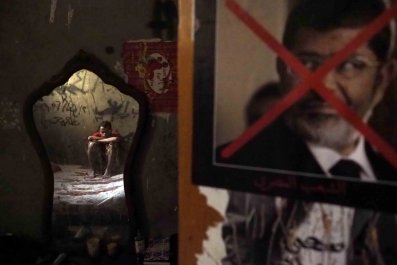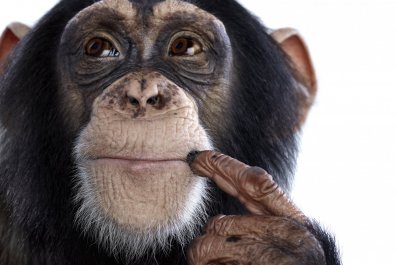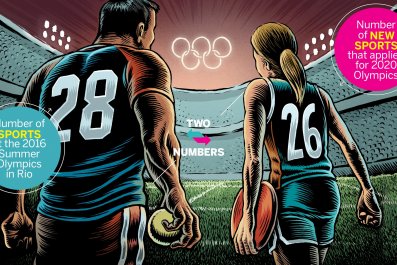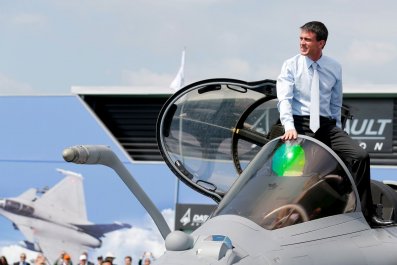Twitter is running into trouble because it has never really been much of a company. It is more like a "thing"—a communications fad that sprung out of a momentary burp in technology. Twitter has more in common with citizens band (CB) radio of the 1970s than with Facebook or Uber.
Most successful tech companies are born from some sort of vision. The founders see a problem that technology can solve, or invent a technology they believe can change the way we do things. Twitter, instead, was more like an accident. Its founders bought a winning lottery ticket and then thought they got rich because they were smart. So it's not surprising that those same leaders don't know what to do today. They just seem to hope that old lottery ticket pays off again.
So, basically, the odds of Twitter turning itself around and getting on the path to greatness seem about equal to the odds that Caitlyn Jenner will go back to being a dude.
By the way, this is coming from a guy who likes Twitter. I'm not even among the 1 billion people who, one Twitter investor calculated, have tried Twitter and abandoned it like ill-fitting underwear.
Twitter was born into a broken home. Jack Dorsey created Twitter while he was working inside a struggling podcasting company called Odeo, run by Evan Williams. As Dorsey tells it, the inspiration for Twitter was, in fact, CB and dispatch radio, where people just got on and said what they were doing at the moment. Dorsey thought he could adapt that idea using the SMS function on mobile phones, so people could have a new way to spurt out to nobody in particular whatever they were doing. This didn't solve anybody's problem. It was a toy.
(For those who don't know why Twitter is 140 characters: SMS used to be limited to 160 characters. Twitter saved 20 characters for the user name. The other 140 were for the message.)
Odeo launched Twitter in July 2006, though "launch" is perhaps an overstatement. It was just put out there, and techies started using it. July 2006 turned out to be a very auspicious pocket in time. Smartphones with keypads were just catching on, but there were almost no mobile apps. In that vacuum, SMS turned into a killer app, and Twitter ran on SMS. Facebook, founded in 2004, was still a PC-and-browser product, not mobile at all. Apple's iPhone would be introduced a year later, in June 2007, and would have few apps at first. This combination teed up Twitter's opportunity.
By mid-2007, Twitter was spreading fast. Williams spun it out of Odeo. He, Dorsey and Biz Stone claim founder status. None of them had a grip on what to do with their baby. Dorsey, the original CEO, couldn't figure it out, so Williams booted him and took the CEO slot. In 2008, I interviewed Williams onstage at a Silicon Valley event, and he clearly didn't have a plan either. "I'm certainly not driving the train," he told me. "I'm trying to see, like, Where are those tracks going?"
I asked about his vision for Twitter. "I have ideas, but I'm not necessarily good at predicting the future. I have a sense of what will take off and why, and it's mostly gut, so I'm not good at articulating it necessarily." He added that he was getting a sense of what Twitter might become "through osmosis."
Fast-forward to July of this year, and Williams, onstage at Fortune's Brainstorm conference, offered this: "From early on, we didn't know what it was: a social network; microblogging was a thing a lot of people called it."
Translation: Nobody at Twitter had a clue. Williams left as CEO in 2010, replaced by Dick Costolo, who came from Google and had no ties to Twitter's founding ideas and lacked the political capital inside or outside the company to develop and impose a new vision, if he ever had one.
In the meantime, Twitter's window is shutting. Communications apps from Instagram to Snapchat have flooded smartphones. Facebook blew into mobile like a hurricane hitting Houston, crashing into the notifications party Twitter once tried to own. Since Twitter never knew what it was, it apparently can't figure out what it can be in this new environment. So it has mostly stalled like a rusting Chevy Nova in a carport.
Dorsey has returned as interim CEO. He got on the July call to analysts when Twitter announced results that sent its stock reeling. "We need to do three things," Dorsey said. "One, we need to ensure a more disciplined execution. Two, we need to simplify our services to deliver Twitter's value faster. And three, we need to better communicate our value." See anything inspiring there? Any inkling of vision? Strategy? Nope! All Dorsey said was that Twitter needs to do what it does better.
In that quarterly report, Twitter said its monthly active users grew just 0.7 percent to 316 million, a sign of alarmingly poor growth. The Financial Times reported that 450 employees, 12 percent of the company, have left in the past year. Even Anthony Noto, Twitter's chief financial officer, told analysts, "The No. 1 reason users don't use Twitter is because they don't understand why to use Twitter." Which circles back to Twitter's original sin: It never solved a problem.
Tellingly, Twitter's founders have all gone on to start other reasonably successful companies that are nothing remotely like Twitter, which suggests that one thing they learned from Twitter was not to start a Twitter.
Back in the mid-1970s, CB nailed a pocket in time too—a confluence of the gas crisis, cheap electronics from Japan and a popular fascination with truckers. Even Betty Ford had a handle: First Mama. For most people, who weren't truckers, CB didn't solve a problem. Within a decade, its appeal played out. Then we got cellphones, and CB was pretty much done.
Seems like that's the road Twitter is motoring down. 10-4, good buddy. Looks like a rough ride ahead.



